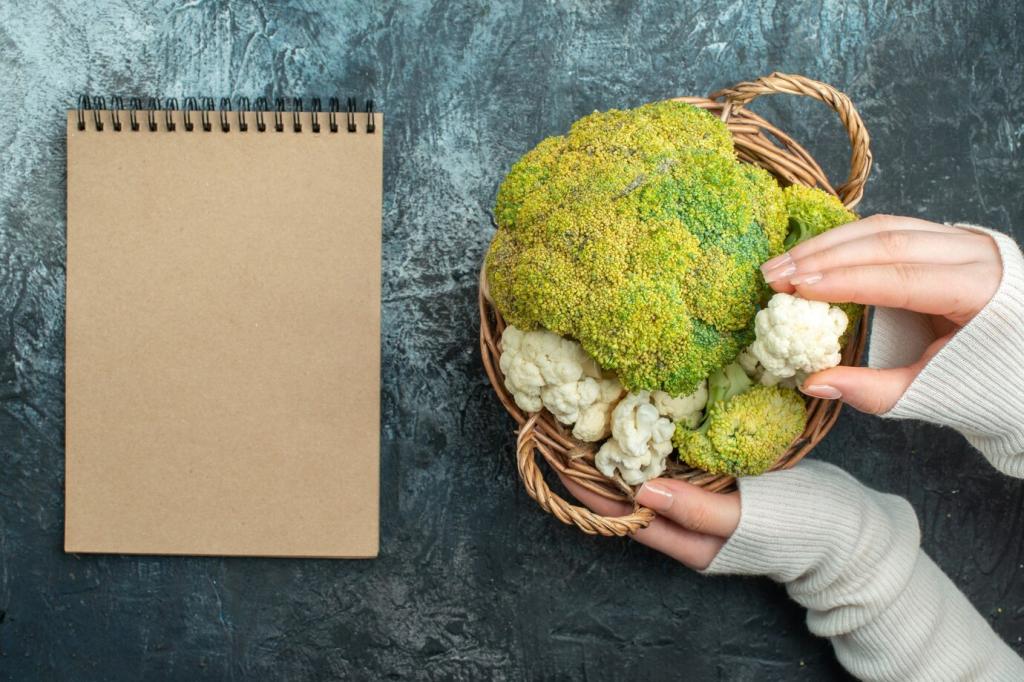Sustainability, Ethics, and Community
Follow a one-in-twenty rule when harvesting, avoid rare species, and gather after seeds have set. Learn local regulations and ask permission. Gratitude, restraint, and reciprocity keep Organic Dyeing Methods aligned with ecological realities and a shared future of abundant color.
Sustainability, Ethics, and Community
Re-use dye baths for lighter shades, neutralize pH before disposal, and consider safe greywater practices. Compost spent plant matter when appropriate. Small choices compound, making Organic Dyeing Methods not only beautiful and personal, but genuinely low-impact over the long term.



